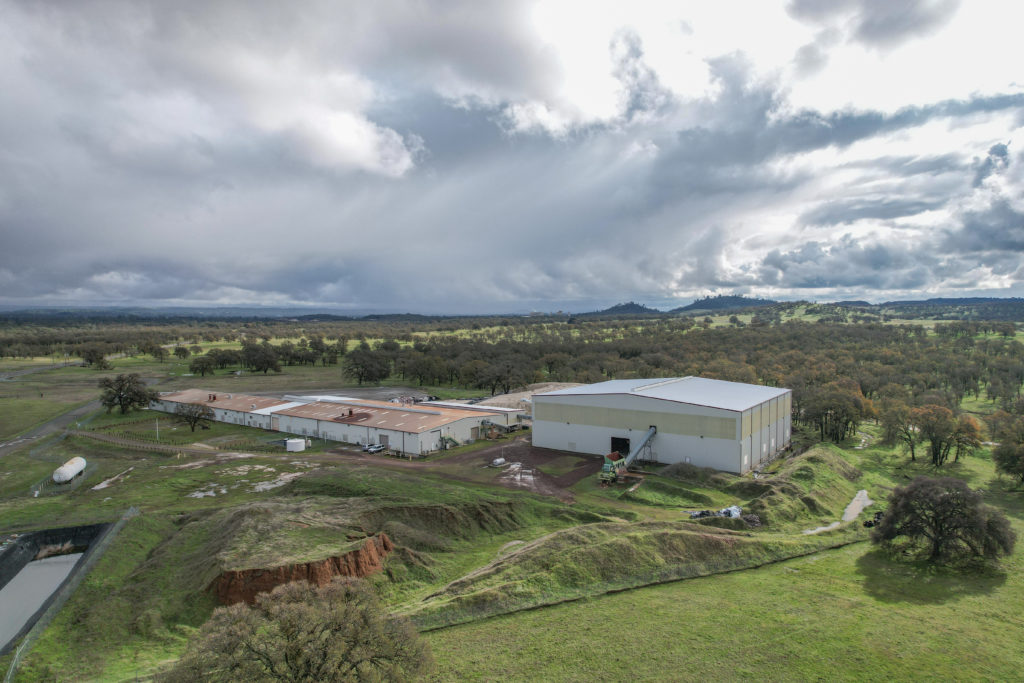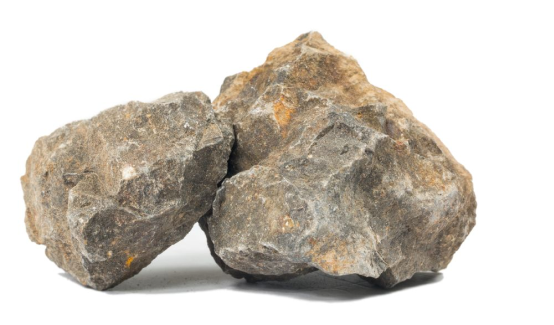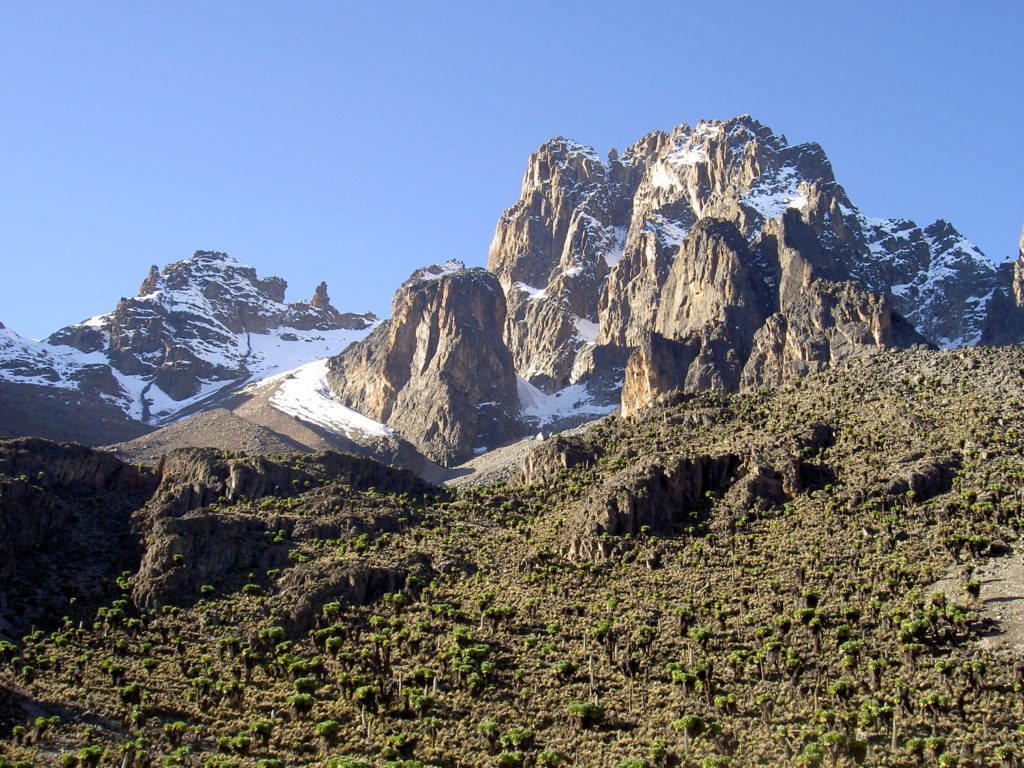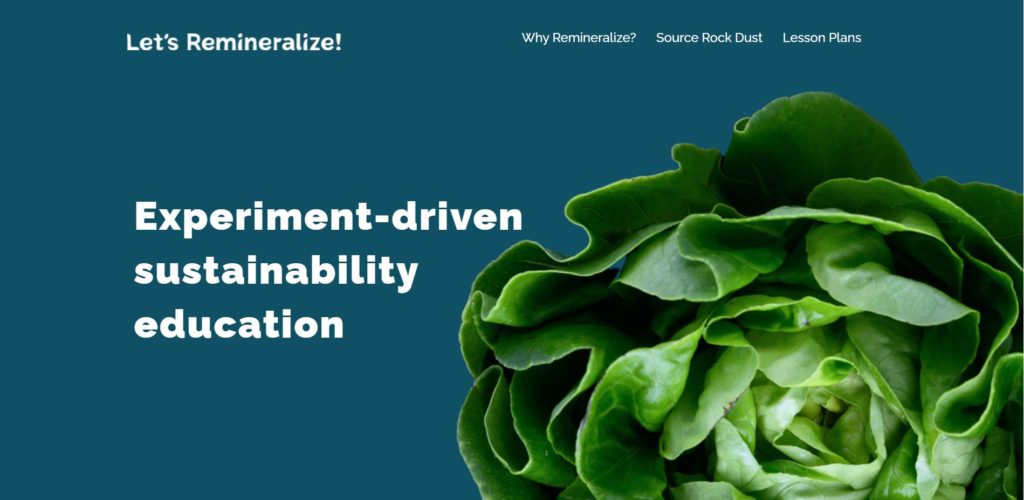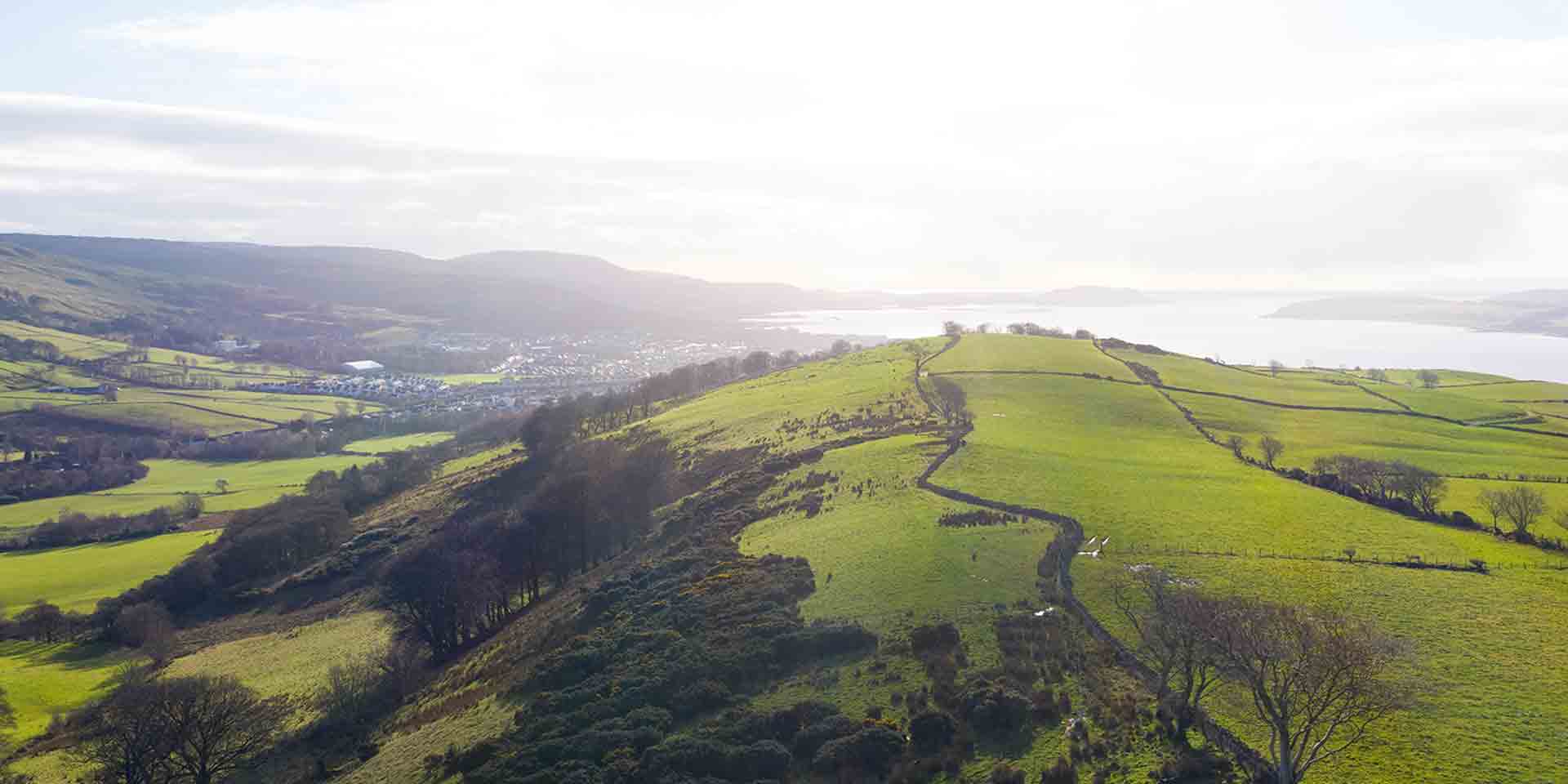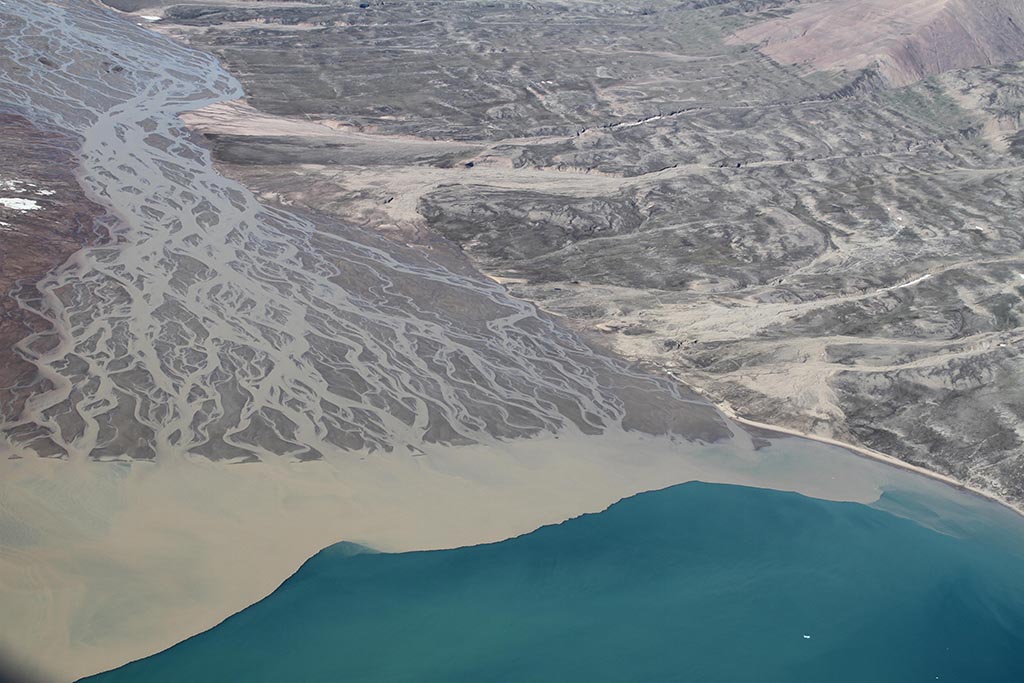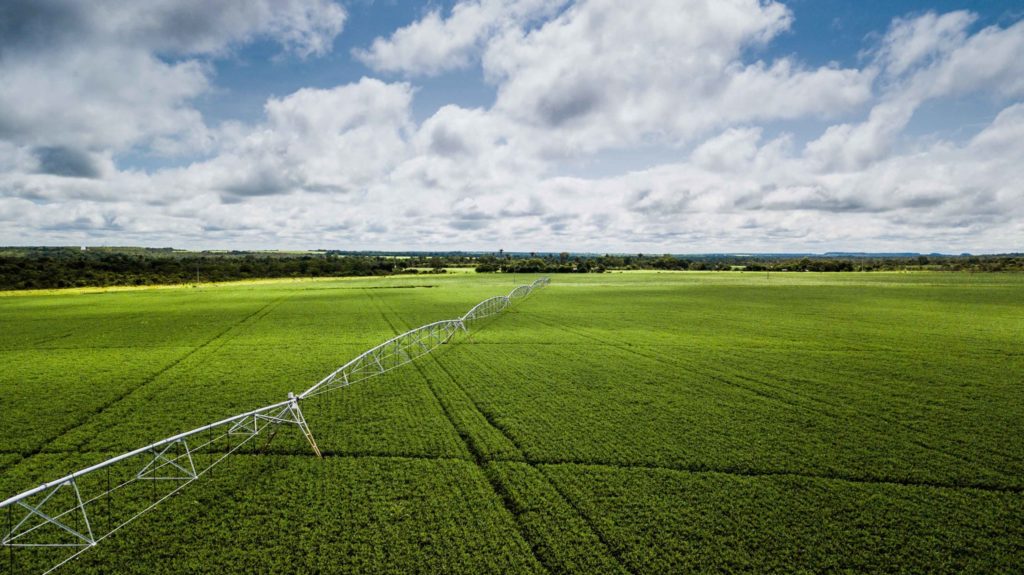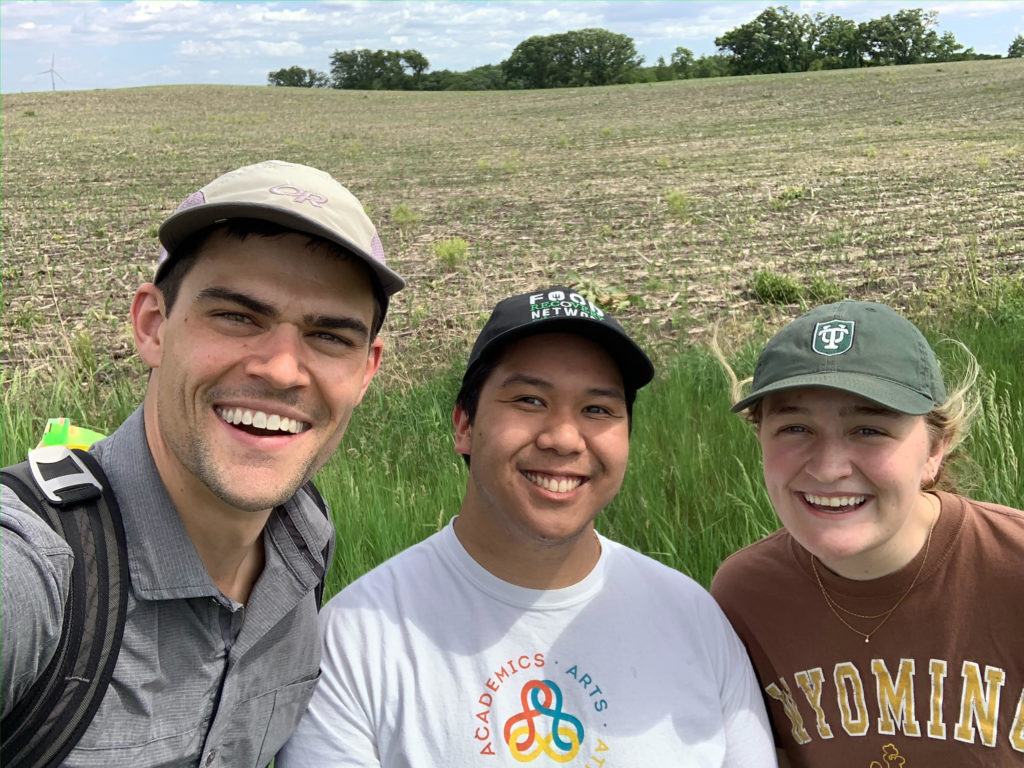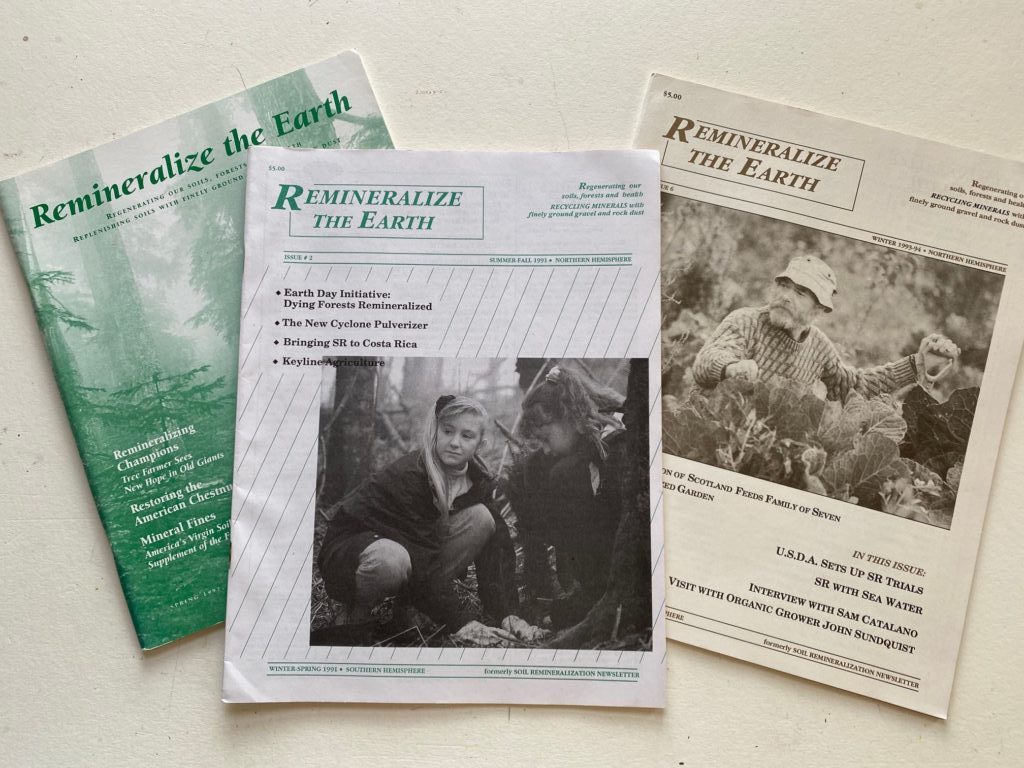Dennis Amoroso has a plan to end the world’s fertilizer crisis
When Dennis Amoroso made it his job to turn the world's mining byproducts into carbon-sinking fertilizer, he envisioned a future when his grandchildren could eat well beyond the safety of his organic orchards. A future full of flavorful, nutrient-dense fruit plucked straight off the tree — grown without toxic, carbon-emitting chemicals used in conventional farming.
Dennis Amoroso of Plant Nutrition Technologies, Inc.
As the world contends with record high food prices and looming threats from climate change, a fertilizer crisis propelled by the Russian invasion of ...
Silicate Rock Power: Why it’s so important and why the world should care
Agriculture puts a high demand on soil nutrients, with subsequent soil depletion driving the fertilizer industry. Fortunately, silicate rock powder provides a sustainable macronutrient and micronutrient replacement, as explained in a recent literature review by Philipp Swoboda, Thomas F. Döring and Martin Hamer (Swoboda et al. 2022).
Philipp Swoboda, PhD
For example, silicate rock powders contain most of the nutrients — potassium specifically — that plants require (Deer et al. 2013). This is particularly important in tropical climates due to high depletion of ...
Agrimagined offers promising glimpse into budding Kenyan remineralization efforts
Bryan Ollier, an agriculture specialist from a village near Coventry, England, and Joseph Kinuthia, a farmer in Kenya, formed the U.K.-based company Agrimagined last year after connecting online due to their shared interest in supporting sustainable, affordable, nutrient-rich agriculture. Once the two got to talking, they developed a vision for Agrimagined, which would help accomplish their shared goals surrounding remineralization and education.
Inspiration for Agrimagined: Ollier and Kinuthia’s previous experience with remineralization
Overview of Mount ...
Year of Action: RTE Lobbies for Climate Legislation in 2021
Remineralize the Earth (RTE) made great strides in 2021, advocating to key federal representatives on behalf of science-based efforts to reduce atmospheric CO2 while increasing access to nutritious, abundant food.
John Fitzgerald, Lead Attorney for Methane Action
In June, RTE collaborated with Methane Action to advocate for the U.S. government to strengthen its GHG mitigation efforts. Methane Action's mission is "to pursue the science and policy advances needed, under careful global governance, to rapidly restore atmospheric concentrations of methane, a potent ...
New Let’s Remineralize! website brings remineralization to the classroom
Our world needs future leaders able to tackle complex environmental challenges. Let’s Remineralize! is a K-12 science education initiative that aims to engage and inspire junior scientists worldwide to explore remineralization, and we have just launched its new website!
Student and teacher John Mussington examining eggplant fruits to determine growth differences between plants grown in soil mixed with Monserrat volcanic ash vs the control.
Remineralization – the process by which finely ground rock dust and sea-based minerals are added to depleted soils – is an ...
The Future Forest Company on OpenAir CDR: Natural approaches to CO2 removal
The Future Forest Company project in Brisbane Mains, Scotland
The Future Forest Company featured on OpenAir CDR
When it comes to national and international discussions of the climate crisis, so much of the focus has been on decarbonization methods: What can countries and corporations do to reduce track and reduce their carbon footprint? Experts agree that this is a necessary step in reducing future warming – and the inevitable consequences that come with a 2°C temperature increase – but this approach is inherently limited, circumventing the very real problems ...
Rock Dust as a Sustainable Amendment in Northwestern European Agriculture
Glacial deposit in Greenland
Introduction
The EU is the world’s leading exporter of agri-food, supplying 20% of world food and drink (Matthews, 2021; EEA, 2020). In 2020, more than 40% of Europe’s acreage was used for agriculture. 61% of this agricultural area was operated by high to medium intensity farms in terms of fertilizer and pesticide cost. The considerable growth in crop and livestock has caused environmental impacts that call for sustainable solutions.
Northwestern Europe
There are several initiatives currently focused on sustainable agricultural ...
Rock Dust to the Rescue for Brazil During Europe’s Geopolitical Crisis
A soy plantation in western Bahia, Brazil. Image by Fernanda Ligabue/Greenpeace.
As the invasion of Ukraine by Russia threatens to cut off fertilizer shipments, forcing Brazil to search for new fertilizer suppliers, further expansion of rock dust application in the South American country offers a solution, according to Remineralize the Earth executive director Joanna Campe.
Joanna Campe speaking at the II Congresso Rochagem in Brazil.
“Rock dust is the cornerstone of a sustainable and profitable future,” Campe pointed out in response to the tragic circumsta...
Study Captures Data to Turn Midwestern Farms into Carbon Sinks
(Left to right) Prof. Daniel Maxbauer, Jaren Yambing, and Ella Milliken
Carleton College geologists join a growing wave of research into the carbon-trapping power of pulverized rock in America's agricultural fields
No one could have predicted the severe heatwave that would swelter Ella Milliken and Jaren Yambing's first week of baseline field testing in June 2021—except maybe climate scientists. It was the longest heatwave to occur so early in a Minnesotan summer.
Under a blazing June sun, the Carleton College research assistants walked among rows of knee-high corn ...
RTE’s Early Publications Freely Available on Internet Archive – Explore the history of the movement!
In 1986, Joanna Campe began to publish a newsletter originally titled Soil Remineralization, A Network Newsletter. The publication reached a global community of soil remineralization advocates, united by a common mission to return the Earth to its Eden-like conditions. What began as a newsletter later evolved into a magazine – Remineralize the Earth – with 80 pages per issue and a readership of about 2,500. Today, 20 of RTE’s early publications, newsletters and magazines, are preserved as high-resolution scans freely accessible on the Internet Archive.
Since the ...

